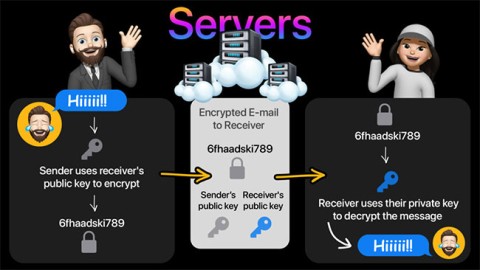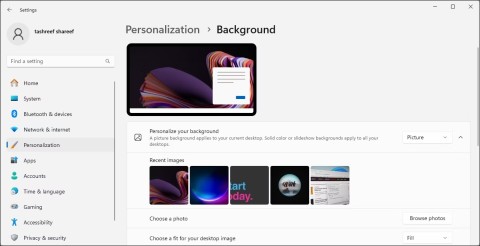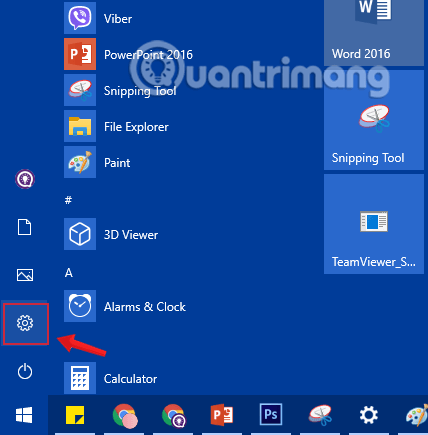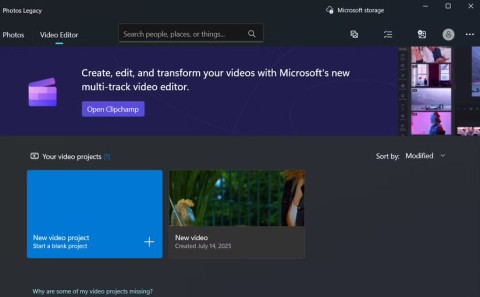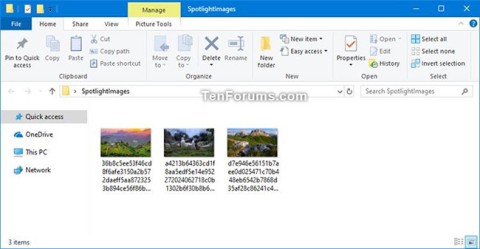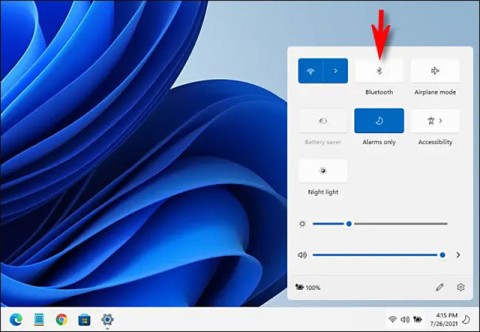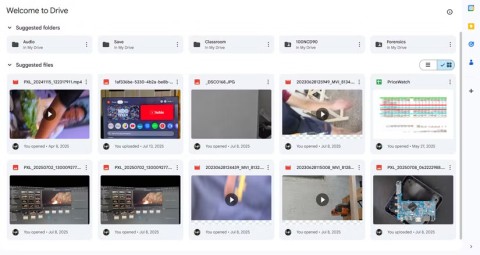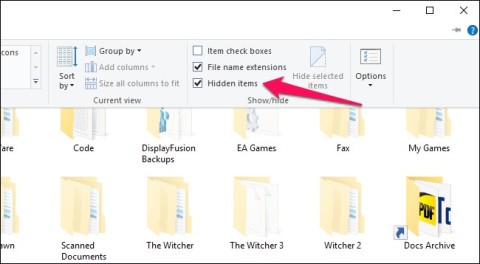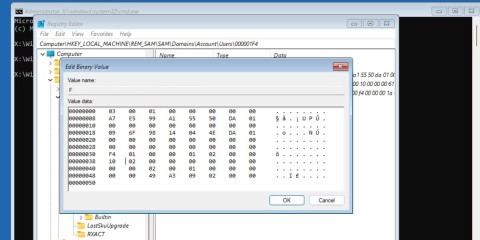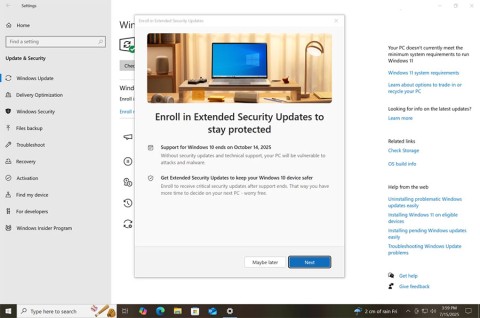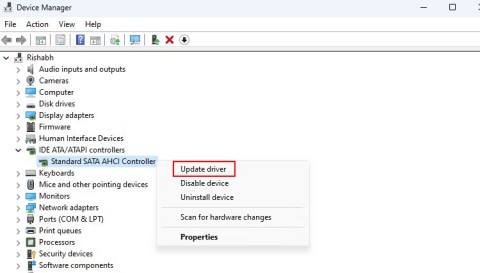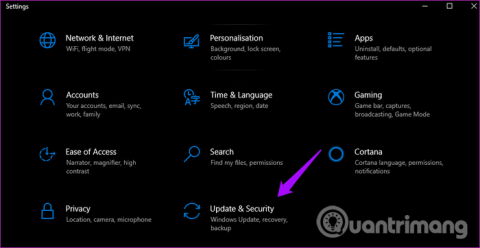9 Ways to Convert MOV Files to MP4

These days, most PCs and Apple devices can handle both MOV and MP4 files, at least to some extent. However, the need to convert MOV video files to MP4 files has not diminished.
The Unhandled exception has occurred error is not related to a specific application, making it harder to resolve. Some users also see an error that says Unhandled exception has occurred in your application . If you click Continue , the application will ignore this error and try to continue. If you click Quit , the application will close immediately.
If you see this error while using a particular application, you should troubleshoot the problem with that application. But how? This article will guide you through some ways to fix the Unhandled exception has occurred error on Windows 10.
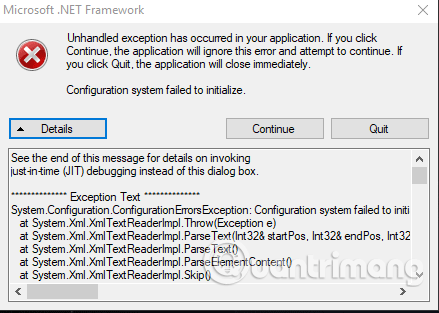
Instructions to fix Unhandled Exception Has Occurred error on Windows 10
An exception is an unexpected event or situation when a computer program is running. Think of it as an unexpected crash or error that interrupts the work you are doing.
Windows has built-in exception handling features whenever errors like this occur. However, sometimes a computer program or application does not handle exceptions properly.
You may encounter the error "Unhandled exception has stopped in your application". while working on applications or playing games. You may also experience this feature while opening files or when you first start your PC.
This error can occur if the .NET Framework is corrupted, some files are corrupted, or malware is present on your system.
When this happens, you'll see a Microsoft .NET Framework window pop up on your PC screen, warning you that "Unhandled error has occurred in your application" . Annoyingly, this window will continue to appear even after you close it and won't stop appearing until you fix the error.
So, let’s explore the fixes that you can try to quickly fix this error and get the app running smoothly again.
Updating Windows 10 to the latest version may fix some system bugs. Press Win+ Ito open Settings and click Updates & Security .
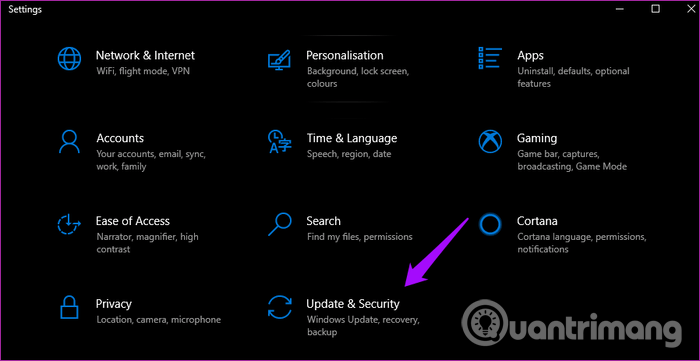
In Windows Update, check if there are any updates available, if there are updates, restart your computer.
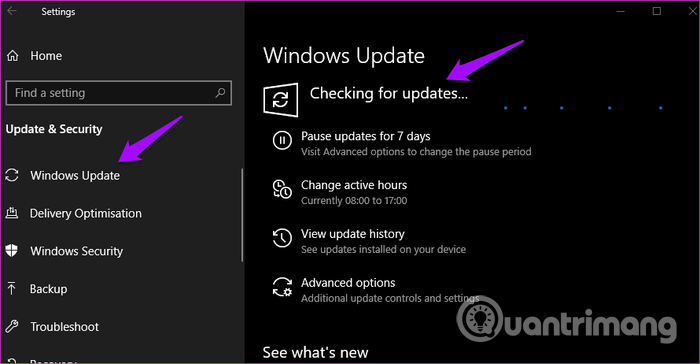
If this error occurs when using a specific app, update that app. If it is a Windows Store app, open it and click the Download icon to search for and install app updates.
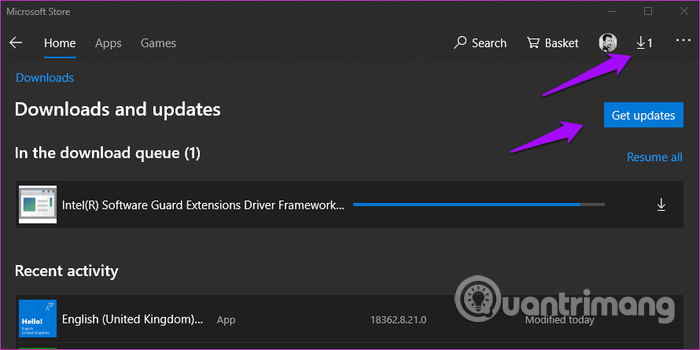
Restart your computer again and check if the error is gone.
Windows Defender runs in the background to scan for malware . If you use a third-party antivirus or anti-malware software, open it and perform a full system scan. Follow the on-screen instructions if the software finds anything.
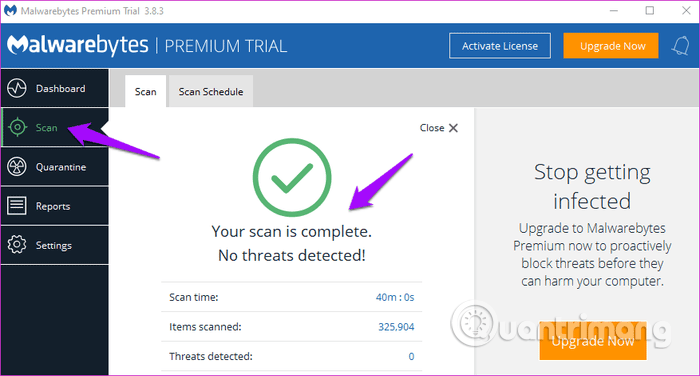
Windows 10 comes with some built-in troubleshooting options that you can use to find and fix problems in Windows and Microsoft apps. Press Win+ Ito open Settings and search for troubleshooting Windows Store apps , select Find and fix problems with Microsoft Store apps .

Follow the on-screen instructions. If it finds something it will try to fix it or provide a solution.
Do you have .NET Framework installed on your computer? It is free software from Microsoft that compiles and executes programs written in different languages. It provides interoperability between different coding languages. If not, just click on the link below and download the latest version, then install it.
https://dotnet.microsoft.com/download/dotnet-framework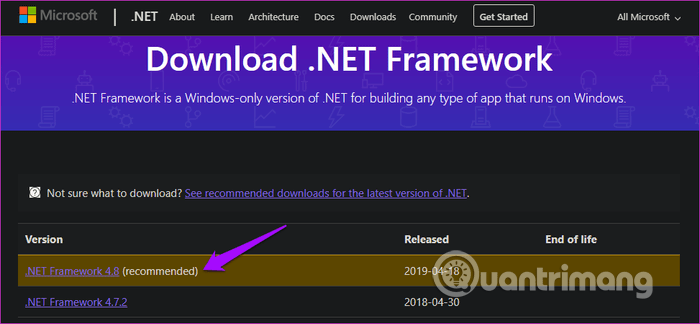
While there are many third-party tools that can repair the .NET Framework , you should try the official Microsoft tool first. Download and install the .NET Framework Repair Tool using the link below. Run it to see if it detects any problems. Restart your computer when finished to check again.
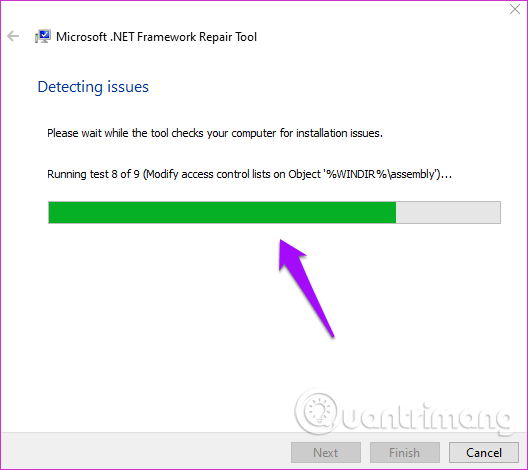
This error is usually related to the .NET Framework. In fact, due to the complex nature of this software, it is prone to many errors. Windows 8 and above users should skip this step because there is no way to uninstall the .NET Framework on newer versions.
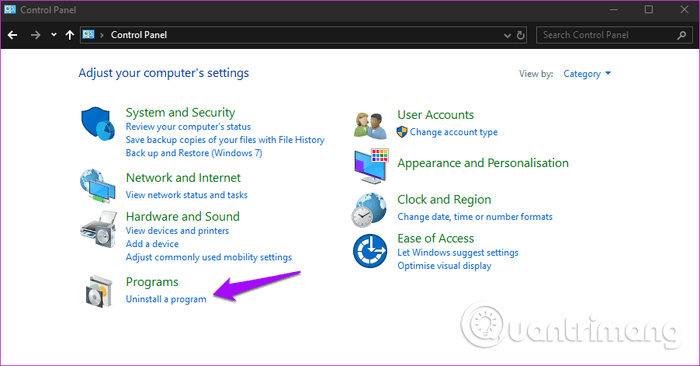
Open Control Panel and click Uninstall a program . You will see a list of applications installed on your computer. Look for .NET Framework , you may see more than one .NET Framework, right click on them and select Uninstall .

Reinstall .NET Framework using the link above in section 4.
System File Scan or SFC will search for corrupted files and fix them for you. If the Unhandled exception has occurred error is caused by a corrupted file, SFC will find the culprit. To perform an SFC scan, open Command Prompt with administrative privileges and type the command below.
sfc /scannow
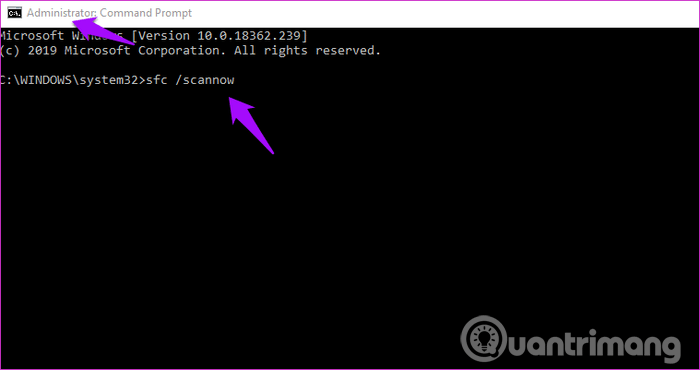
Follow the instructions in the article How to perform a Clean Boot on Windows 10 / 8 / 7 to perform a Clean boot and the article How to enter Safe Mode Windows 10 when starting up to enter safe mode.
Good luck!
These days, most PCs and Apple devices can handle both MOV and MP4 files, at least to some extent. However, the need to convert MOV video files to MP4 files has not diminished.
Recognizing this need, major online messaging services use a technique called end-to-end encryption, to secure and protect users' conversations.
Setting up multiple monitors on Windows is quite simple and only takes a few minutes to do. After setting up multi-monitor mode (multiple screens), you can set up separate wallpapers for each screen. To do this, please refer to the article below from WebTech360.
Hidden deep within Windows is a world of command lines that few people know about. In this article, we will guide you on how to fix errors and make your computer more secure using the cmd command line tool.
Instructions on how to enter BIOS on Windows 10 for you, with video illustration.
Clipchamp is the default video editor on Windows 11, but if you just need to make a quick cut, split a simple photo, or add music to a clip, the classic editor inside the Photos Legacy app is a much better choice.
Save images from the login screen, download Windows 10 lock screen images to keep the images you like or set them as your computer wallpaper. Here is the most detailed way to download images from Windows Spotlight for you.
Windows 11 has a feature that adds an End Task button directly on the Taskbar, so you don't have to access Task Manager to close unresponsive applications.
This article will guide you through the ways to enable Bluetooth on Windows 11 to connect to wireless accessories with just a few simple steps.
Sometimes, you just can't find an external hard drive when you need it most. After losing important files a few times, some people have found a simple and reliable way to back up everything, even when the hard drive is unavailable.
The methods in this article will help you hide or protect Windows folders from prying eyes.
Most Windows errors occur after you log in to your computer. However, the User Profile Service Failed the Logon error doesn't allow you to log in at all, which is why it's harder to fix than other Windows errors.
Windows 10 has just three months left until support ends. In October 2025, the operating system will receive its final update, ending its 10-year lifecycle.
Errors related to your computer's drive can prevent your system from booting properly and restrict access to your files and applications.
The Unhandled exception has occurred error is not related to a specific application, making it more difficult to resolve. This article will guide you through some ways to fix the Unhandled exception has occurred error on Windows 10.
These days, most PCs and Apple devices can handle both MOV and MP4 files, at least to some extent. However, the need to convert MOV video files to MP4 files has not diminished.
Recognizing this need, major online messaging services use a technique called end-to-end encryption, to secure and protect users' conversations.
Setting up multiple monitors on Windows is quite simple and only takes a few minutes to do. After setting up multi-monitor mode (multiple screens), you can set up separate wallpapers for each screen. To do this, please refer to the article below from WebTech360.
Hidden deep within Windows is a world of command lines that few people know about. In this article, we will guide you on how to fix errors and make your computer more secure using the cmd command line tool.
Instructions on how to enter BIOS on Windows 10 for you, with video illustration.
Clipchamp is the default video editor on Windows 11, but if you just need to make a quick cut, split a simple photo, or add music to a clip, the classic editor inside the Photos Legacy app is a much better choice.
Save images from the login screen, download Windows 10 lock screen images to keep the images you like or set them as your computer wallpaper. Here is the most detailed way to download images from Windows Spotlight for you.
Windows 11 has a feature that adds an End Task button directly on the Taskbar, so you don't have to access Task Manager to close unresponsive applications.
This article will guide you through the ways to enable Bluetooth on Windows 11 to connect to wireless accessories with just a few simple steps.
Sometimes, you just can't find an external hard drive when you need it most. After losing important files a few times, some people have found a simple and reliable way to back up everything, even when the hard drive is unavailable.
The methods in this article will help you hide or protect Windows folders from prying eyes.
Most Windows errors occur after you log in to your computer. However, the User Profile Service Failed the Logon error doesn't allow you to log in at all, which is why it's harder to fix than other Windows errors.
Windows 10 has just three months left until support ends. In October 2025, the operating system will receive its final update, ending its 10-year lifecycle.
Errors related to your computer's drive can prevent your system from booting properly and restrict access to your files and applications.
